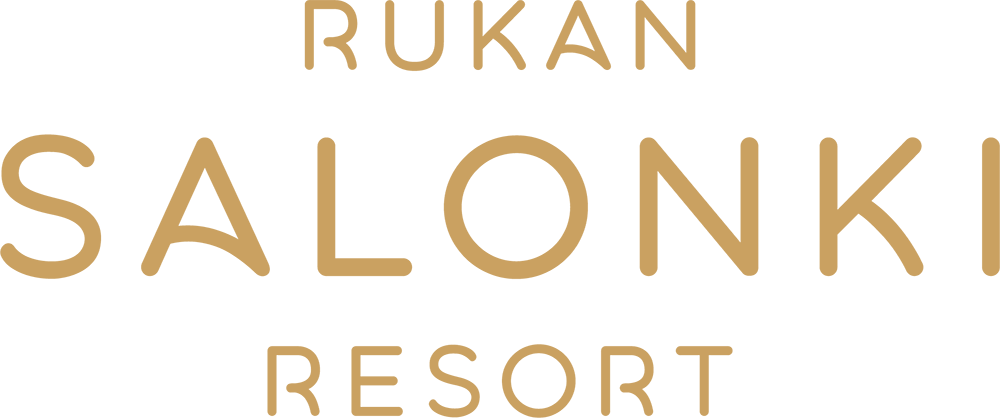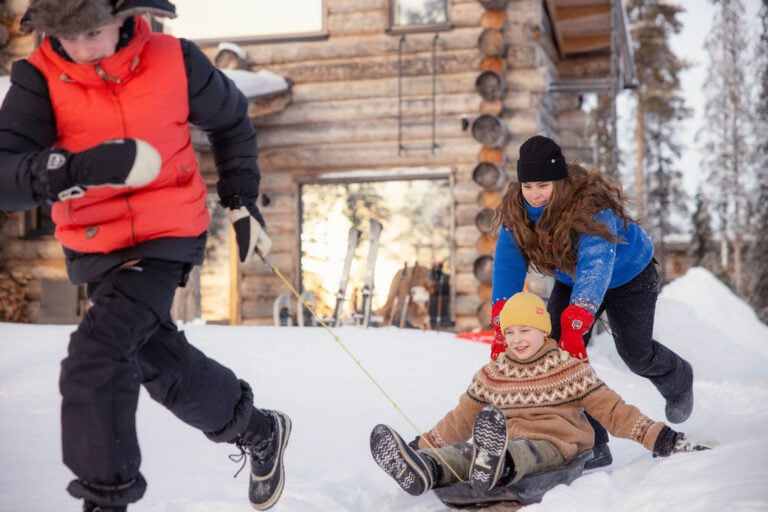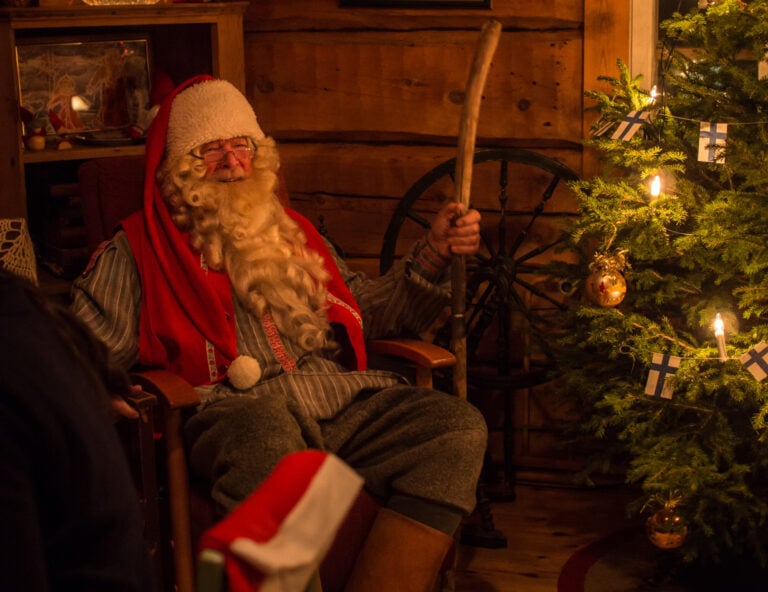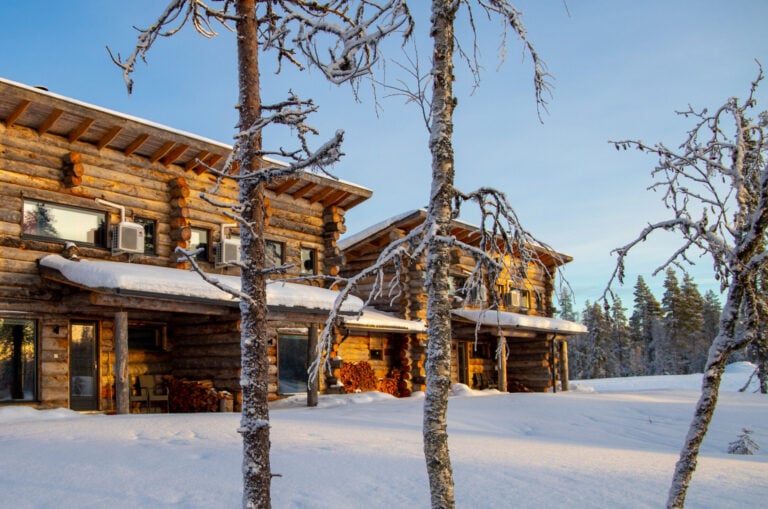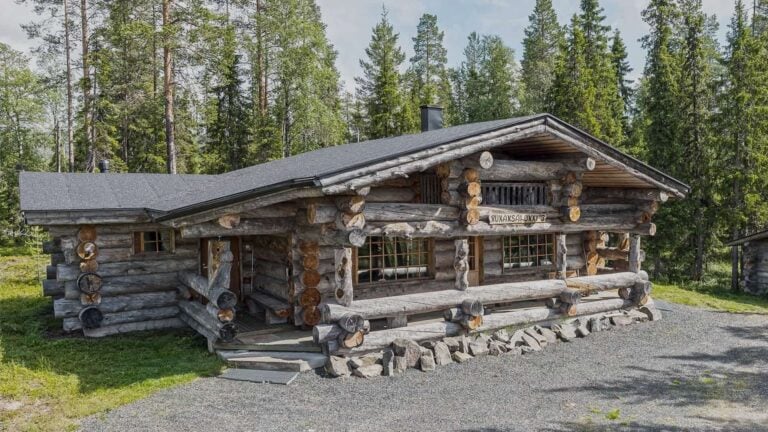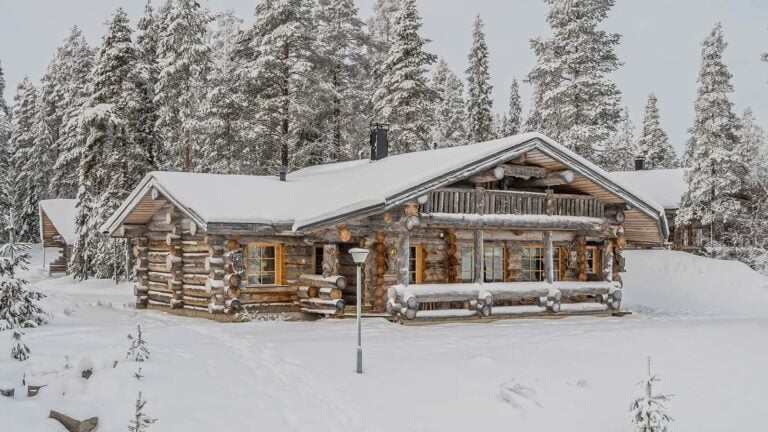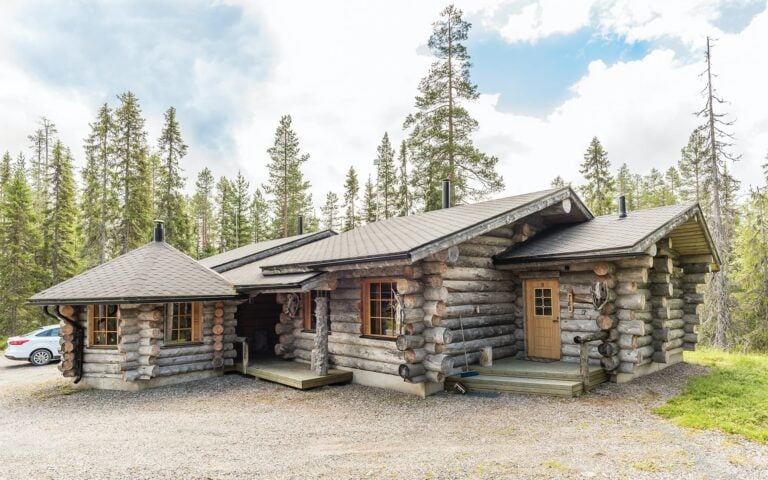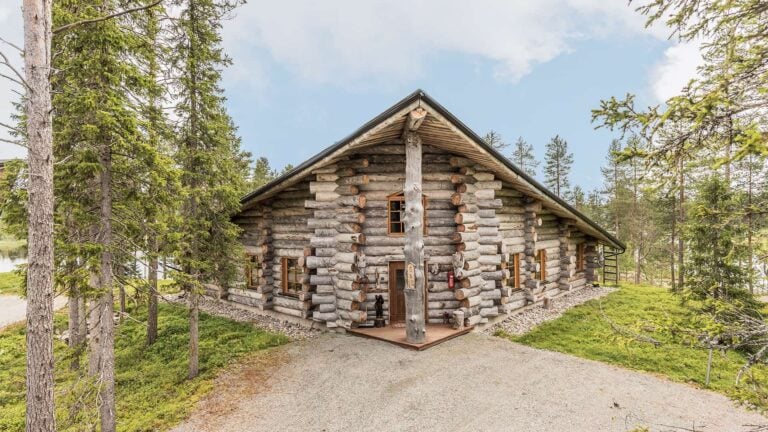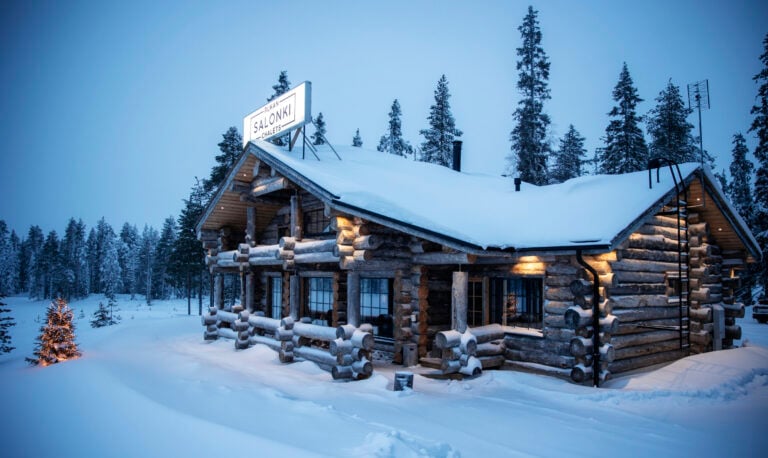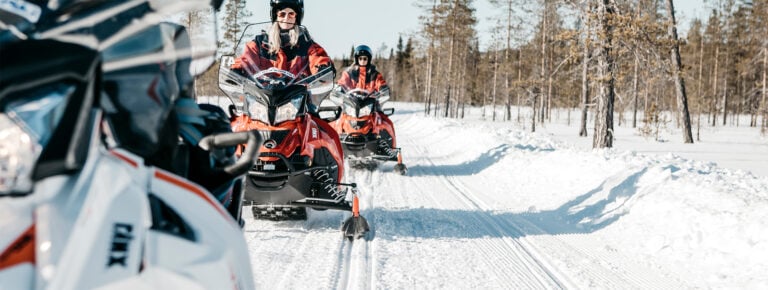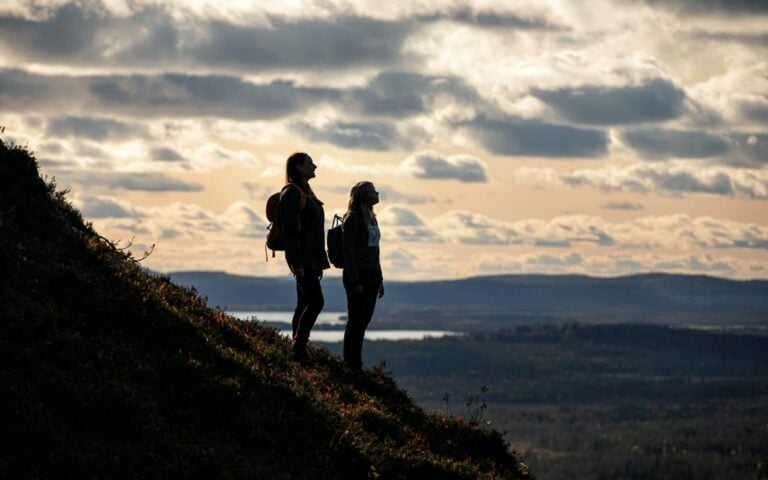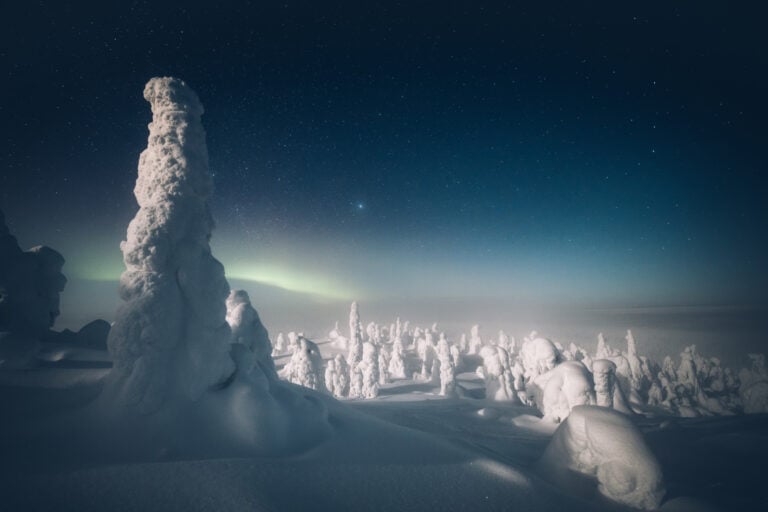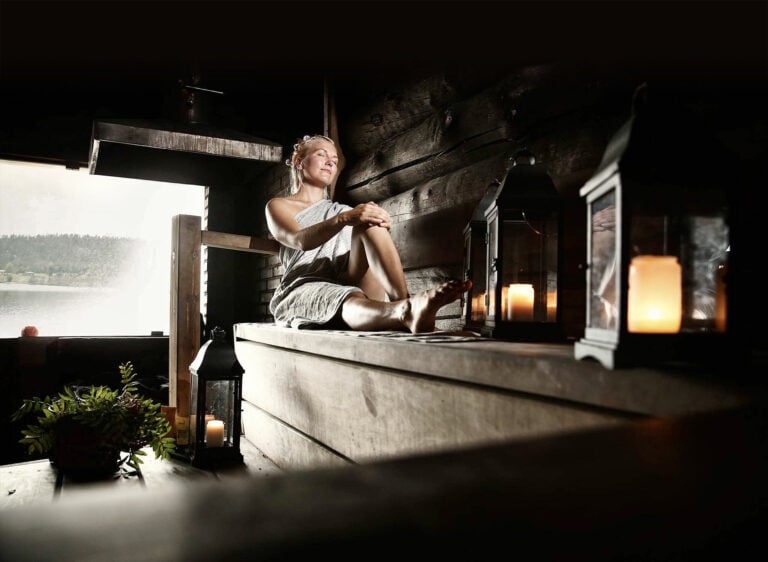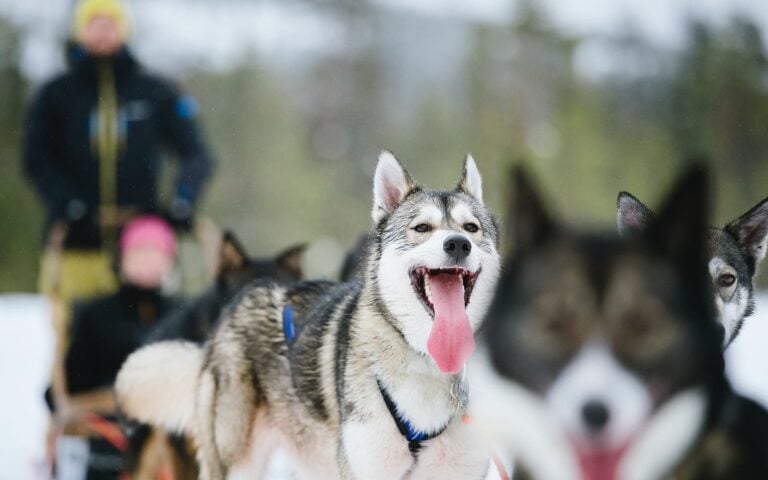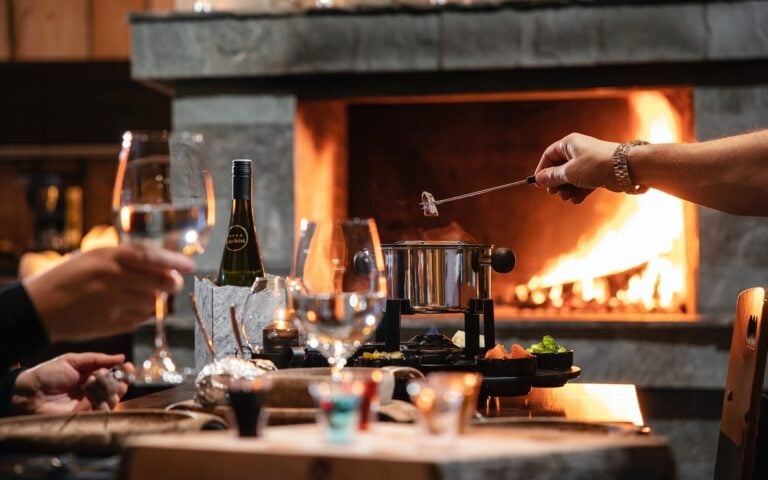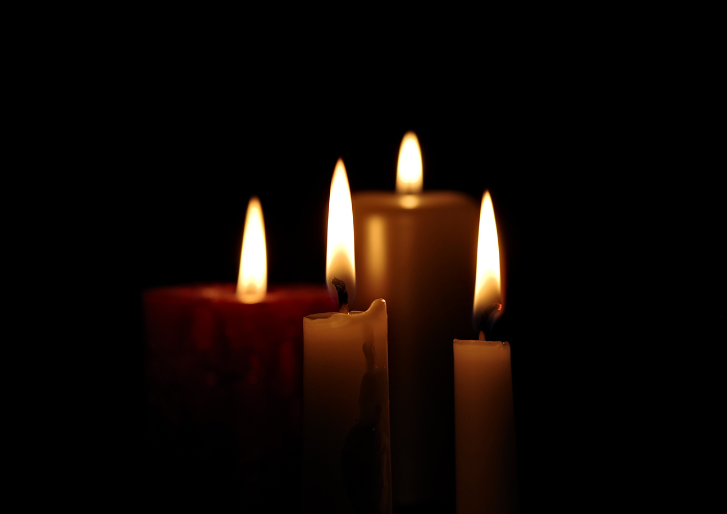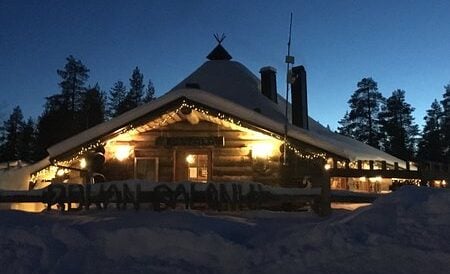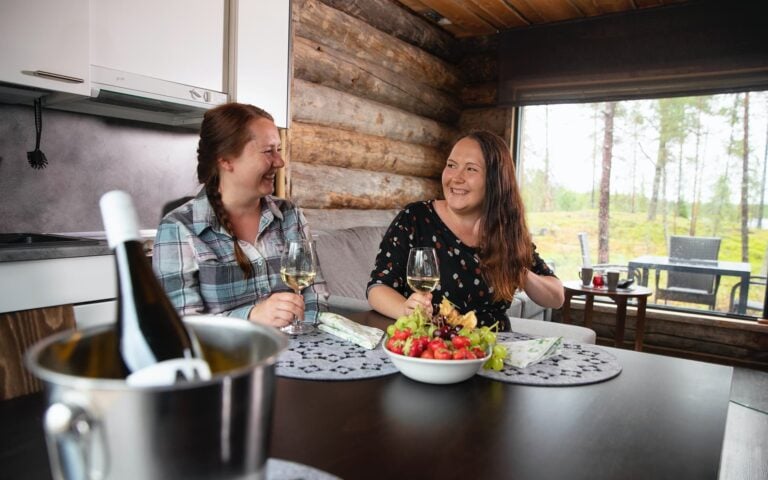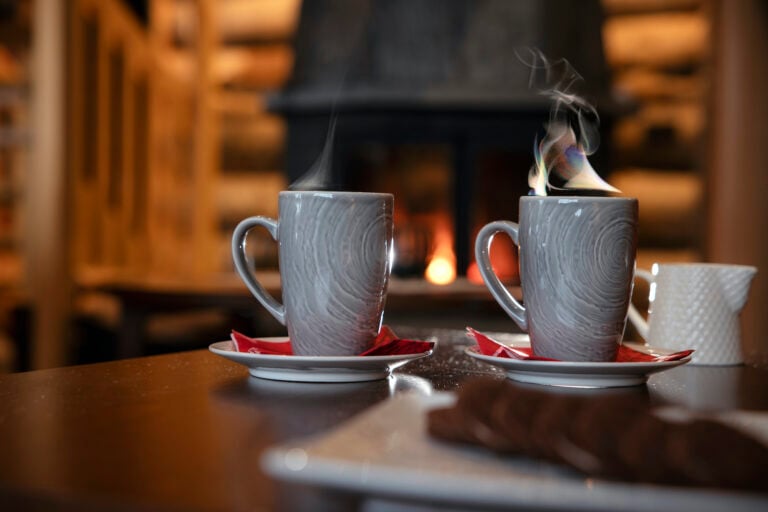What are the best places to see northern lights in Lapland?
The best places to see northern lights in Lapland include the pristine wilderness around Ruka, with its minimal light pollution and perfect positioning within the aurora zone. Lapland offers optimal viewing conditions from September to March, with lakeside locations, elevated viewpoints, and secluded forest clearings providing spectacular vantage points for witnessing the aurora borealis Finland has to offer.
Northern lights in Lapland: your gateway to Finland’s most magical phenomenon
Northern lights Lapland experiences represent one of nature’s most breathtaking displays, and this Arctic region provides unparalleled opportunities for aurora observation. Lapland’s unique geographical position within the auroral oval, combined with its vast wilderness areas and minimal light pollution, creates ideal conditions for witnessing the dancing colours of the aurora borealis.
The region’s extended winter darkness, spanning from late September through March, offers visitors lengthy viewing windows each night. Clear, crisp winter skies and stable weather patterns enhance visibility, whilst the diverse landscape provides countless vantage points for optimal aurora photography and observation.
Staying at traditional log chalets positioned beside pristine lakes creates the perfect base for aurora hunting adventures. These locations offer unobstructed views of the northern horizon, where the lights typically appear, whilst providing warm refuge between viewing sessions. The combination of authentic Finnish wilderness experiences and comfortable northern lights accommodation ensures visitors can fully immerse themselves in this magical phenomenon.
What makes Lapland the best region for northern lights viewing?
Lapland’s position within the aurora zone places it directly beneath the oval-shaped region where northern lights occur most frequently. This geographical advantage means aurora activity happens regularly throughout the dark season, with optimal viewing conditions occurring approximately 200 nights per year.
The region’s minimal light pollution creates pristine viewing conditions rarely found elsewhere. Vast wilderness areas stretch for hundreds of kilometres without artificial lighting, allowing even faint aurora displays to be clearly visible against the star-filled sky. This natural darkness enhances the vibrancy and detail of the northern lights, creating more dramatic and memorable experiences.
Lapland’s continental climate produces exceptionally clear winter skies, with low humidity levels reducing cloud cover during peak aurora season. The stable high-pressure systems common in the region create extended periods of clear weather, maximising opportunities for successful aurora viewing sessions.
Extended polar nights provide lengthy viewing windows, with complete darkness lasting up to 20 hours during peak winter months. This extended darkness allows visitors multiple opportunities each night to witness aurora displays, accommodating different schedules and increasing the likelihood of successful sightings.
When is the best time to see northern lights in Lapland?
The optimal aurora viewing season in Lapland extends from September through March, with peak activity occurring during the equinoxes in September-October and February-March. During these months, increased solar activity combines with ideal darkness conditions to create the most spectacular displays.
September and October offer the advantage of milder temperatures and accessible terrain, making outdoor aurora viewing more comfortable. The lakes haven’t yet frozen, creating stunning reflections of the lights on calm water surfaces. These months also coincide with autumn colours, adding extra beauty to the landscape.
December through February represent the peak darkness period, with the shortest days providing maximum viewing time each night. January typically offers the clearest skies and most stable weather conditions, though temperatures can be extremely cold. The revontulet Ruka season reaches its climax during these months.
Optimal viewing hours occur between 9 PM and 2 AM, when the sky reaches maximum darkness and aurora activity peaks. Cloud cover significantly affects visibility, so monitoring weather forecasts becomes crucial for planning successful viewing sessions. Clear, moonless nights provide the best conditions, though a small amount of moonlight can beautifully illuminate the snowy landscape.
Where are the top northern lights viewing locations around Ruka?
The lakeside locations around Ruka provide exceptional aurora viewing opportunities, with unobstructed northern horizons and stunning reflections on calm water surfaces. These pristine lake shores offer comfortable viewing positions away from artificial light sources, creating ideal conditions for both observation and photography.
Elevated viewpoints throughout the region provide panoramic views of the surrounding wilderness, allowing visitors to observe aurora displays across the entire sky. These higher elevations often extend above local weather systems, offering clearer viewing conditions when lower areas experience fog or mist.
Forest clearings and open meadows scattered throughout the wilderness create natural amphitheatres for aurora observation. These secluded spots provide intimate viewing experiences whilst maintaining the dark sky conditions essential for optimal aurora visibility.
The traditional log chalets positioned strategically around these prime viewing locations offer immediate access to optimal aurora spotting areas. Guests can step directly from their warm accommodation into pristine viewing conditions, combining comfort with convenience for the ultimate aurora experience.
How can you maximize your chances of seeing northern lights during your stay?
Aurora forecasting technology allows visitors to monitor real-time solar activity and predict optimal viewing times. Various apps and websites provide detailed aurora forecasts, helping guests plan their viewing sessions around periods of increased activity.
Choosing accommodation with unobstructed lake views positions visitors in prime aurora territory without requiring travel to remote locations. Lakeside chalets provide immediate access to optimal viewing conditions, allowing guests to respond quickly when aurora activity begins.
Participating in guided northern lights tours combines local expertise with access to the best viewing locations. Professional guides understand regional weather patterns and optimal viewing spots, significantly increasing the likelihood of successful aurora encounters. These tours often include Lapland winter activities that enhance the overall experience.
Combining aurora viewing with winter activities creates multiple opportunities for aurora encounters throughout your stay. Snowmobile safaris, cross-country skiing, and winter hiking naturally position visitors in prime aurora territory whilst providing engaging activities during waiting periods.
Staying multiple nights dramatically increases viewing success rates, as aurora activity varies significantly from night to night. Extended stays allow visitors to experience different types of aurora displays and adapt their viewing strategies based on changing conditions.
Planning your perfect northern lights adventure in Lapland
Successful northern lights tourism requires careful consideration of accommodation location, seasonal timing, and activity planning. Choosing accommodation positioned within prime aurora territory eliminates transportation challenges and maximises viewing opportunities throughout your stay.
Lakeside chalets offer the ideal combination of comfort and optimal viewing conditions, providing warm refuge between aurora sessions whilst maintaining immediate access to pristine viewing areas. These authentic Finnish wilderness accommodations enhance the overall experience through their integration with the natural environment.
Consider exploring holiday packages that combine accommodation with guided aurora tours and winter activities. These comprehensive packages ensure optimal positioning for aurora viewing whilst providing engaging daytime activities and expert guidance throughout your stay.
Planning your visit during peak aurora season, typically between December and March, provides the best combination of darkness hours and clear weather conditions. However, shoulder seasons offer unique advantages, including milder temperatures and stunning landscape colours that complement the aurora displays.
Creating unforgettable northern lights memories requires patience, preparation, and positioning in optimal locations. The combination of pristine wilderness, minimal light pollution, and comfortable accommodation creates the perfect foundation for experiencing one of nature’s most spectacular phenomena. Book your northern lights adventure to secure your place in this magical Arctic wilderness, where the aurora borealis creates memories that last a lifetime.


